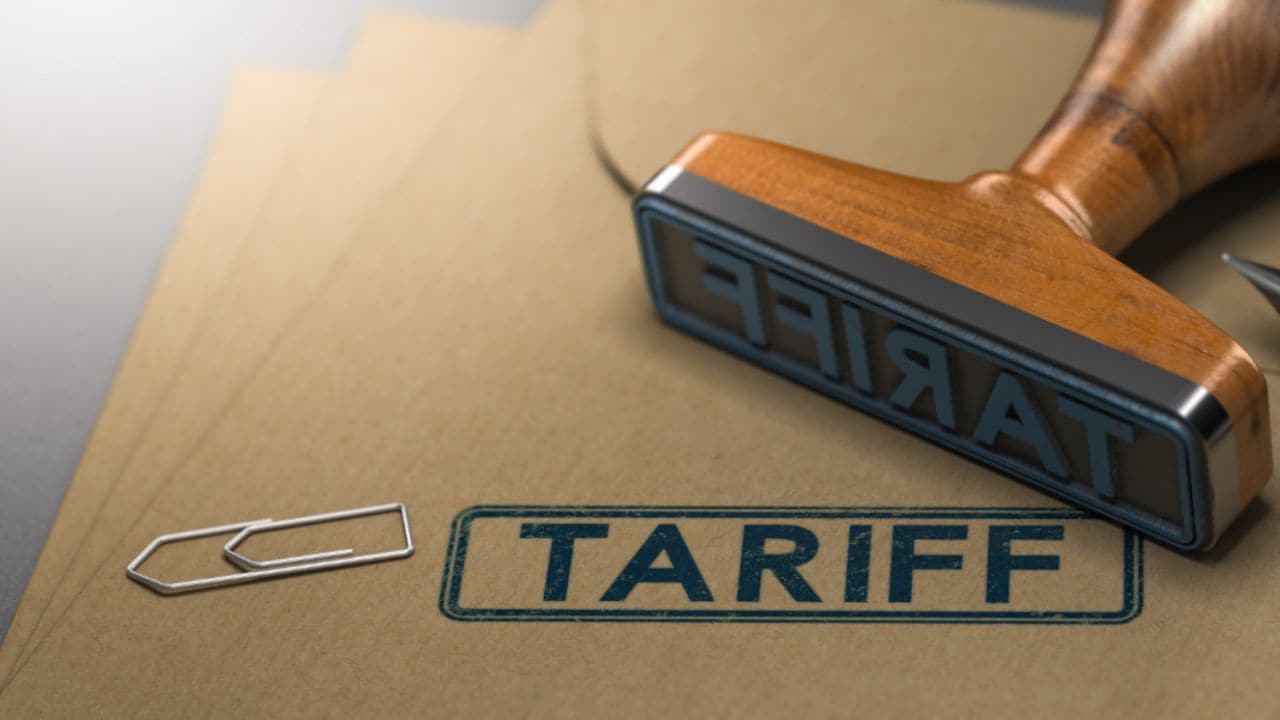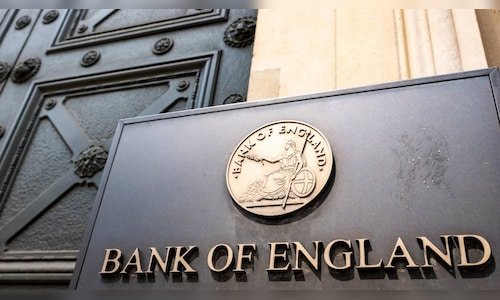
Truth Social is a social media platform launched by the Trump Media & Technology Group (TMTG).
For far too long, we have relied on taxing our Great People using the Internal Revenue Service (IRS). Through soft and pathetically weak Trade agreements, the American Economy has delivered growth and prosperity to the World, while taxing ourselves. It is time for that to change.…
— Donald J. Trump Posts From His Truth Social (@TrumpDailyPosts) January 14, 2025
What is the External Revenue Service?
The ERS aims to shift the financial burden of trade from American taxpayers to foreign nations.
Donald Trump criticised previous trade agreements as “soft and weak,” arguing they prioritised global prosperity at the expense of the US economy.
He said, “We will begin charging those that make money off of us with Trade, and they will start paying, FINALLY, their fair share.”
How will it work?
The exact framework for the ERS remains unclear. Trump did not specify whether the agency would replace existing collections managed by US Customs and Border Protection or supplement the IRS’s taxation of foreign income.
Critics warn the proposal could add bureaucratic layers, contradicting Trump’s own plans to streamline government operations under the Department of Government Efficiency (DOGE), led by Elon Musk and Vivek Ramaswamy.
The impact
Trump’s proposal to fund government operations with tariffs rather than income taxes has sparked debate.
While tariffs could generate significant revenue, private economists caution that the economic impact may reduce net collections.
The conservative Tax Foundation estimates a universal 20% tariff could generate $4.5 trillion over a decade but warns negative economic effects could lower the net figure to $3.3 trillion.
Senator Ron Wyden, a Democrat and ranking member of the Senate Finance Committee, criticised the plan as a “multi-trillion-dollar tax hike” on American families and businesses.
Trade experts predict the proposed tariffs—10% on global imports, 25% on goods from Canada and Mexico, and 60% on Chinese products—could raise consumer prices and provoke retaliation against US exports.
Ruchir Sharma, Chairman of Rockefeller International, pointed out that the effects of presidential policies, including Trump’s past term, often do not play out as expected.
“Even though Trump had a hard stance against China, the Chinese stock market outperformed during his first term,” Sharma noted.
Similarly, Jahangir Aziz, Head of EM Economics Research at JPMorgan, emphasised that tariffs and immigration policies are likely to undergo dramatic changes under Trump’s second term.
Aziz expects China’s tariffs to rise from 20% to 60%—a figure Trump has repeatedly mentioned in his campaign speeches. This tariff increase, combined with other countries like Vietnam and Malaysia being added to the tariff list, could reshape global trade dynamics.
As Aziz pointed out, Trump’s push to fund his tax cuts through tariffs signals a broader shift. “Tariffs could be driven by the objective of raising revenue, which is essential for funding his proposed tax cuts,” Aziz explained.
As a result, many countries beyond China will likely fall under these new tariffs.
–With Reuters and AP inputs


